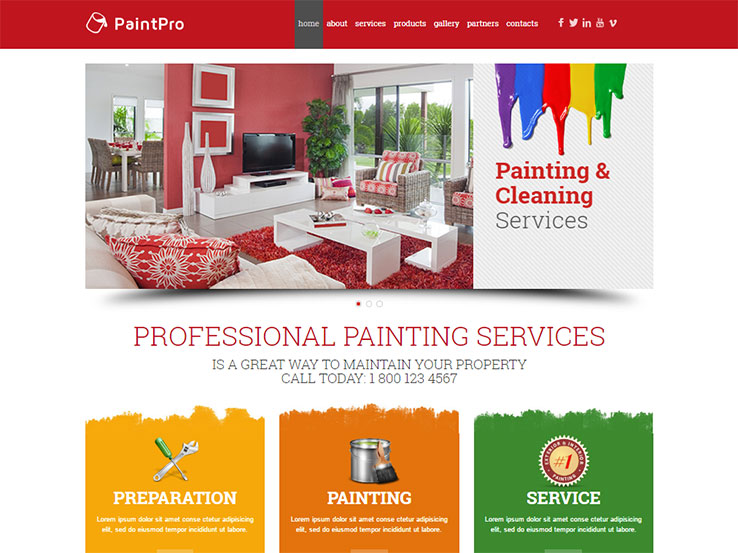Just How Do The Ideal Colors Impact Your Brand Name'S Appeal In Industrial Outside Paint? Discover The Essential Aspects That Lead Your Options
Just How Do The Ideal Colors Impact Your Brand Name'S Appeal In Industrial Outside Paint? Discover The Essential Aspects That Lead Your Options
Blog Article
Content Produce By-Key Ismail
When it concerns commercial external paint, the shades you select can make or damage your brand's appeal. Understanding exactly how different colors affect perception is vital to drawing in consumers and constructing count on. However it's not just about personal preference; neighborhood patterns and laws play a considerable role too. So, exactly how do you locate the excellent equilibrium between your vision and what reverberates with the neighborhood? Allow's explore the essential variables that direct your color options.
Recognizing Color Psychology and Its Influence On Business
When you pick shades for your organization's outside, understanding shade psychology can dramatically affect just how possible customers regard your brand name.
Colors stimulate emotions and established the tone for your business. For example, blue often communicates count on and professionalism, making it suitable for banks. Red can develop a sense of urgency, perfect for restaurants and inventory-clearance sale.
Meanwhile, green signifies growth and sustainability, attracting eco-conscious consumers. Yellow grabs attention and triggers optimism, however too much can bewilder.
Consider your target market and the message you want to send out. By choosing the best shades, you not only improve your visual allure yet likewise straighten your photo with your brand values, ultimately driving client interaction and loyalty.
Analyzing Resident Trends and Regulations
Exactly how can you ensure your external paint choices resonate with the neighborhood? Start by researching local fads. Visit neighboring companies and observe their color design.
Remember of what's prominent and what feels out of place. This'll help you align your options with area aesthetics.
Next, check local policies. Numerous towns have standards on exterior shades, particularly in historical districts. You don't want to hang around and money on a palette that isn't certified.
Engage with https://paxtonnsxbg.blogthisbiz.com/41983093/secure-the-excellent-painting-professional-for-your-project-and-uncover-the-important-steps-to-make-certain-a-flawless-surface-awaits-your-space-improvement or community groups to collect insights. They can offer valuable feedback on what colors are well-received.
Tips for Balancing With the Surrounding Setting
To develop a cohesive appearance that blends perfectly with your environments, consider the natural environment and building designs nearby. Start by observing the colors of neighboring structures and landscapes. Natural tones like greens, browns, and low-key grays frequently work well in all-natural setups.
If your home is near dynamic urban locations, you could select bolder tones that show the regional energy.
Next, consider commercial real estate painting of your structure. Standard styles might gain from classic colors, while contemporary styles can embrace modern combinations.
Examine your shade options with samples on the wall surface to see just how they interact with the light and atmosphere.
Ultimately, bear in https://www.duluthnewstribune.com/sports/northland-outdoors/ojibwe-artist-follows-his-spirit-home-to-paint of regional standards or community aesthetic appeals to ensure your option boosts, rather than clashes with, the surroundings.
Final thought
To conclude, choosing the ideal shades for your commercial exterior isn't just about aesthetic appeals; it's a strategic decision that influences your brand's understanding. By taking advantage of shade psychology, considering local fads, and making certain consistency with your environments, you'll create an inviting atmosphere that draws in customers. Do not neglect to evaluate samples before dedicating! With the best approach, you can boost your organization's curb allure and foster long-term consumer interaction and loyalty.
